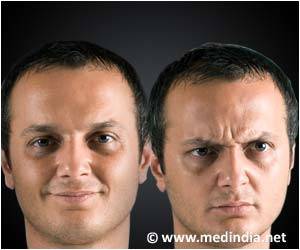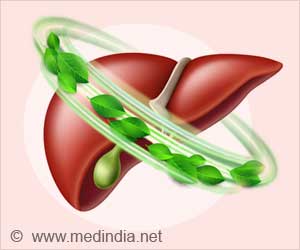
‘Bipolar patients are three and a half times more likely to experience chronic migraines and have co-occurring eating disorders, anxiety disorders, and substance use issues.’
Tweet it Now
"There are many routes to this disease, and many routes through it," said lead author Melvin McInnis from the University of Michigan. "We have found that there are many biological mechanisms which drive the disease, and many interactive external influences on it. All of these elements combine to affect the disease as patients experience it," McInnis added.
The findings showed the mental health disorder has not one, but seven potential risk factors.
They are - changes in cognition, which includes thinking, reasoning and emotion processing; psychological dimensions such as personality and temperament; measures of behaviours related to substance use or abuse - called motivated behaviours; aspects of the person's life story involving family and intimate relationships and traumas; patterns of sleep and circadian rhythms; and measures of how patients' symptoms change over time and respond to treatment.
For the study, published in the International Journal of Epidemiology, the team examined over 1,100 people -- 730 who developed bipolar disorder, and 277 did not -- for 12 years. In addition, several key factors and trends were observed in people with bipolar disorder.
Advertisement
Moreover, many bipolar disorder participants experienced some sort of childhood trauma, than those without the mental illness. Poor sleep caused an influx of severity in bipolar symptoms in women, while it did not affect men, the study added.
Advertisement















